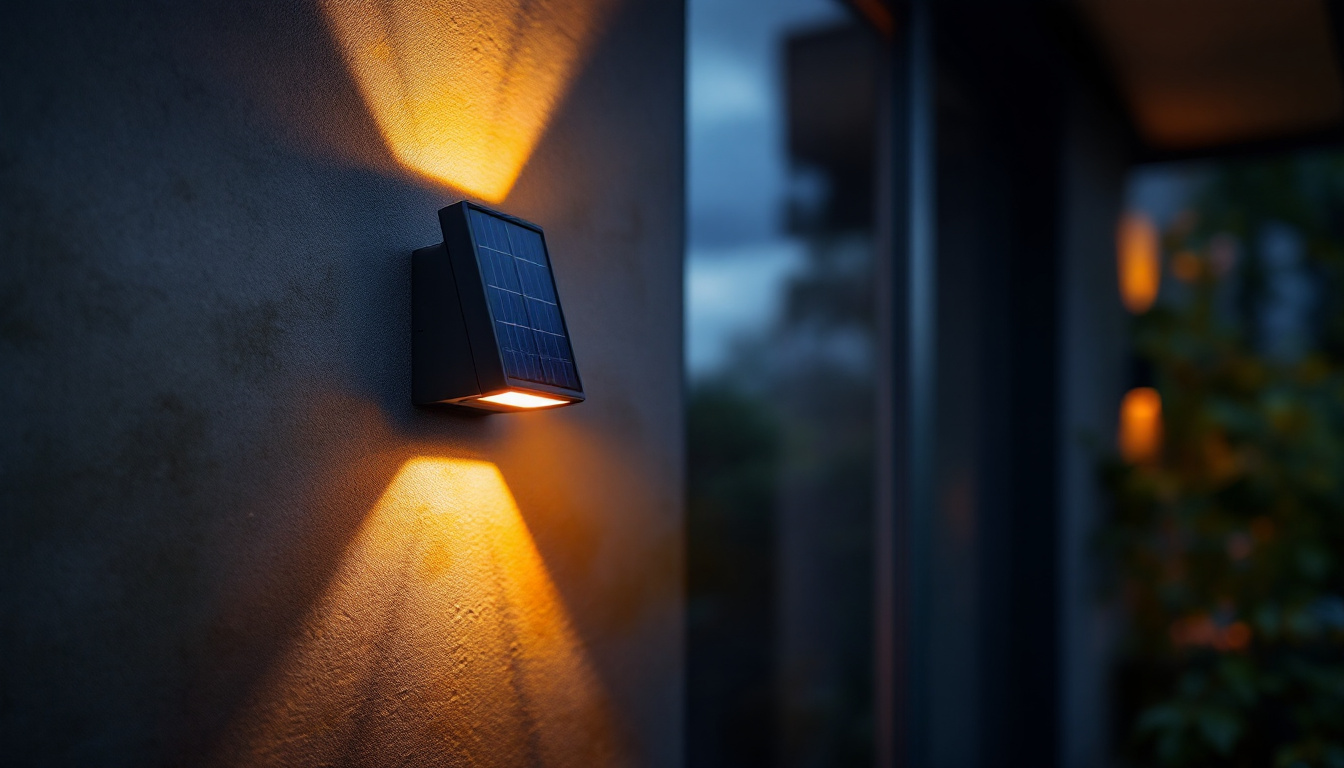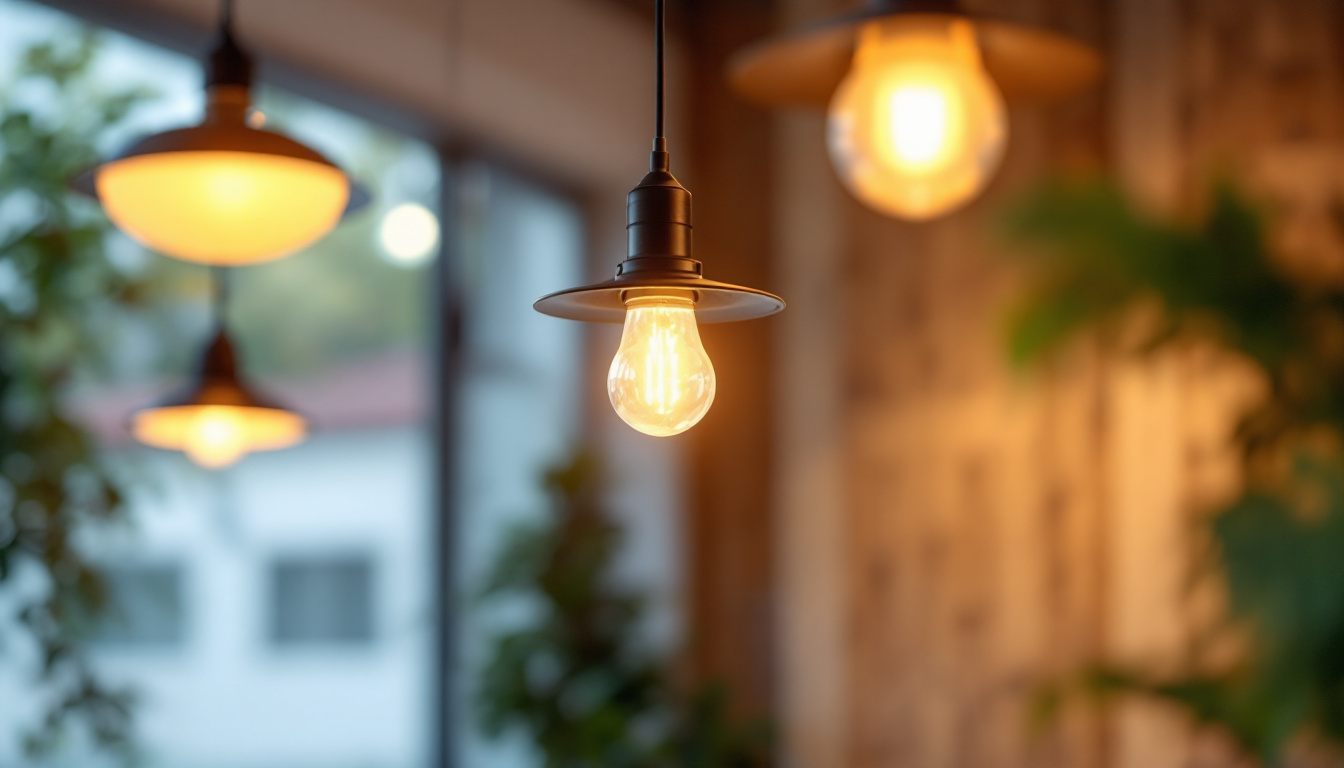
In the world of lighting design, recessed lighting has become a staple for both residential and commercial projects. Among the various options available, LED recessed lights stand out due to their efficiency, versatility, and aesthetic appeal. For lighting contractors, understanding the benefits and applications of LED recessed lights is crucial for delivering successful lighting solutions to clients. This article explores five essential LED recessed lights that every lighting contractor should consider incorporating into their projects.
One of the most compelling reasons to choose LED recessed lights is their energy efficiency. Unlike traditional incandescent or halogen bulbs, LEDs consume significantly less power while providing the same or even greater illumination. This not only reduces electricity bills for clients but also contributes to a more sustainable approach to lighting design. The lower energy consumption of LEDs translates into a reduced carbon footprint, making them an environmentally friendly choice that aligns with the growing demand for green building practices.
Moreover, LED lights boast an impressive lifespan, often lasting up to 25,000 hours or more. This longevity means fewer replacements and maintenance tasks, making them an attractive option for both contractors and clients. By opting for LED recessed lights, contractors can ensure that their projects are not only visually appealing but also cost-effective in the long run. The durability of LEDs also means they are less prone to breakage, which is particularly beneficial in high-traffic areas or in installations where accessibility for bulb replacement is limited.
When selecting LED recessed lights, it’s essential to consider the lumen output. Lumen measures the total amount of visible light emitted by a source. Higher lumen output translates to brighter lighting, which can be crucial in areas requiring focused illumination. For example, in kitchens or workspaces, brighter lighting can enhance visibility and improve functionality. Additionally, the ability to adjust lumen output through dimmable LED options allows for greater flexibility in creating the desired ambiance, making it easier to transition from task-oriented lighting to a more relaxed atmosphere during social gatherings.
Contractors should assess the specific needs of each project and choose LED recessed lights that provide the appropriate lumen output for the desired effect. This attention to detail ensures that clients receive optimal lighting solutions tailored to their environments. Factors such as ceiling height, wall color, and the purpose of the space should all be considered when determining the right lumen levels. By taking these elements into account, contractors can create a lighting design that not only meets functional requirements but also enhances the overall aesthetic appeal of the space, making it more inviting and comfortable for occupants.
LED recessed lights come in a variety of designs and styles, making them suitable for numerous applications. From sleek, modern aesthetics to more traditional looks, there is an LED recessed light for every design scheme. This versatility allows contractors to cater to diverse client preferences, ensuring that the lighting complements the overall decor. The ability to blend seamlessly into ceilings or walls means that these fixtures can provide illumination without detracting from the visual appeal of the space, creating a clean and unobtrusive look that many homeowners desire.
Additionally, many LED recessed lights are adjustable or come with interchangeable trims, providing further customization options. This adaptability enables contractors to create unique lighting experiences that enhance the ambiance of any space. For instance, in a home theater, adjustable recessed lights can be dimmed to create a cozy atmosphere, while in a kitchen, bright, fixed lights can illuminate work areas effectively. The range of color temperatures available also allows for tailored lighting solutions, from warm whites that create a welcoming feel to cooler tones that energize a workspace.
There are several types of LED recessed lights, including directional, adjustable, and fixed options. Directional lights are ideal for highlighting artwork or architectural features, while adjustable lights can be repositioned to create dynamic lighting effects. Fixed lights, on the other hand, provide consistent illumination across a space. Each type serves a specific purpose, making it essential for contractors to consider the function of the room and the desired outcome when selecting fixtures.
Understanding the different types of LED recessed lights allows contractors to select the right fixtures for specific applications. This knowledge not only enhances the quality of the lighting but also elevates the overall aesthetic of the project. For example, in retail spaces, directional recessed lights can be strategically placed to draw attention to merchandise, while in residential settings, a combination of fixed and adjustable lights can create layers of light that enhance the room’s depth and character. Moreover, with advancements in smart lighting technology, many LED recessed lights can now be controlled remotely or programmed for different settings, adding another layer of versatility and convenience for users.
Color rendering is a critical factor in lighting design, as it affects how colors appear under different light sources. LED recessed lights typically have a high Color Rendering Index (CRI), often exceeding 90. This high CRI means that colors appear more vibrant and true to life, which is particularly important in settings such as retail spaces, art galleries, and residential homes.
For contractors, selecting LED recessed lights with a high CRI can significantly impact the success of a project. Clients will appreciate the accurate color representation, which can enhance their overall experience in the space. Whether it’s showcasing products in a store or creating a warm, inviting atmosphere in a home, the right LED recessed lights can make all the difference.
In addition to CRI, color temperature plays a vital role in setting the mood of a space. LED recessed lights are available in various color temperatures, typically measured in Kelvin (K). Warm white (2700K-3000K) creates a cozy atmosphere, making it ideal for living rooms and bedrooms. In contrast, cool white (3500K-4100K) is often used in kitchens and workspaces for a more energetic feel.
Contractors should consider the intended use of each space when selecting the color temperature of LED recessed lights. By aligning the lighting with the client’s vision, contractors can create harmonious environments that enhance functionality and comfort.
As technology continues to evolve, so does the world of lighting. Many LED recessed lights now offer smart capabilities, allowing for seamless integration with home automation systems. This feature enables clients to control their lighting remotely, adjust brightness levels, and even change color temperatures with the touch of a button.
For lighting contractors, incorporating smart LED recessed lights into projects can significantly enhance the value of the offering. Clients are increasingly seeking smart home solutions, and providing them with advanced lighting options can set a contractor apart from the competition. Additionally, smart lighting can lead to greater energy savings, as clients can easily manage their usage.
Smart LED recessed lights offer numerous benefits beyond convenience. They can improve energy efficiency by allowing clients to schedule lighting based on their routines, ensuring that lights are only on when needed. Furthermore, many smart lighting systems can be integrated with sensors that adjust lighting based on natural light levels, further optimizing energy use.
By educating clients on the advantages of smart lighting, contractors can foster a deeper understanding of the value of their work. This knowledge can lead to stronger client relationships and increased satisfaction with the completed projects.
While the initial cost of LED recessed lights may be higher than traditional lighting options, the long-term savings and benefits far outweigh the upfront investment. The energy efficiency of LEDs translates to lower utility bills, and their longevity reduces replacement costs. For clients, this means a quicker return on investment, making LED recessed lights a financially sound choice.
For lighting contractors, emphasizing the cost-effectiveness of LED recessed lights can be a powerful selling point. By presenting a comprehensive analysis of potential savings over time, contractors can help clients make informed decisions that align with their budget and sustainability goals.
To illustrate the cost-effectiveness of LED recessed lights, contractors can provide clients with a simple ROI calculation. This involves comparing the energy costs of traditional lighting versus LED options over a specified period. Additionally, including maintenance savings due to the longer lifespan of LEDs can further strengthen the case for their adoption.
By equipping clients with this information, contractors can empower them to make choices that not only enhance their spaces but also contribute to their financial well-being.
Incorporating LED recessed lights into lighting projects is no longer a luxury; it has become a necessity for contractors aiming to deliver high-quality, efficient, and aesthetically pleasing solutions. From energy efficiency and versatility to enhanced color rendering and smart integration, the benefits of LED recessed lights are undeniable.
By understanding the various aspects of LED recessed lights, contractors can make informed decisions that align with their clients’ needs and preferences. As the demand for sustainable and innovative lighting solutions continues to grow, embracing LED technology will position contractors for success in an ever-evolving industry.
Ultimately, the right LED recessed lights can transform spaces, enhance functionality, and create inviting atmospheres that leave a lasting impression. As lighting contractors navigate their projects, these five must-have LED recessed lights will undoubtedly contribute to their success.
Ready to elevate your lighting projects with the efficiency, versatility, and smart technology of LED recessed lights? Look no further than LumenWholesale for all your lighting needs. Our commitment to providing contractors with spec-grade lighting products at unbeatable wholesale prices ensures that you can deliver exceptional value to your clients. With our expansive selection, free shipping on bulk orders, and no middleman markups, you’re guaranteed to find the perfect lighting solutions that meet the highest industry standards. Don’t compromise on quality or cost—choose LumenWholesale for Wholesale Lighting at the Best Value and make your next project shine.

Discover essential compliance guidelines for solar wall lights that every lighting contractor should know.
Discover how lighting contractors can transform skateboarding spots into vibrant, safe, and visually stunning environments.

Discover the secrets of expert lighting contractors as they unravel the mysteries of the electrician’s wire snake.

Discover the ultimate guide to affordable, high-lumen lighting solutions with insights from top lighting contractors.